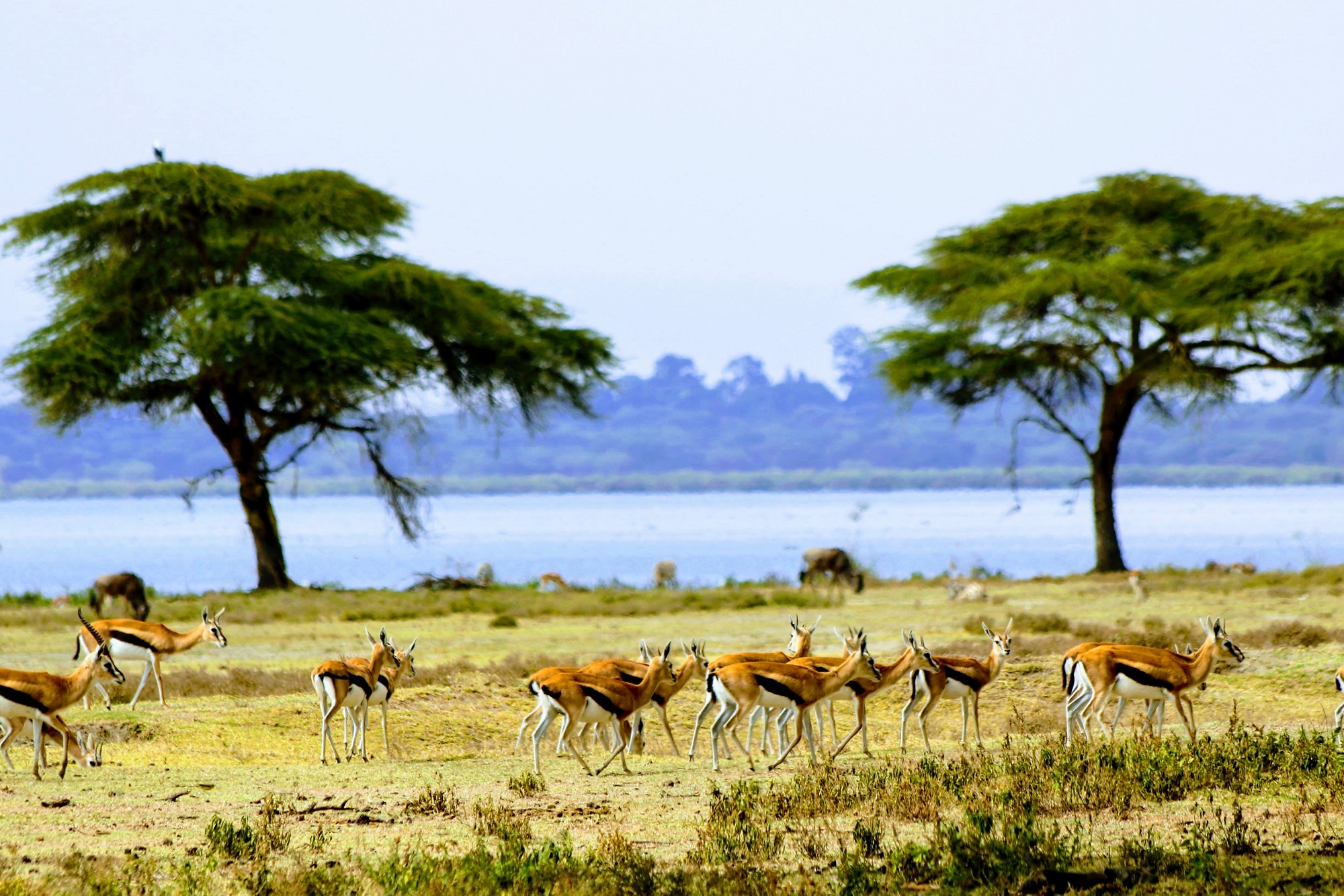The Sahel and Sudan-Guinea savannas are under intense pressure from climate change, rapid population growth, and fragility. Deforestation, land degradation, and biodiversity loss intersect with migration and conflict, making sustainability a particular challenge. This evaluation reviews GEF’s $4.8 billion in support across 23 countries to understand what drives outcomes in these biomes.
Only 38 percent of multifocal projects achieved outcomes likely to be sustained, showing that integration alone is not enough without stronger design and follow-through.

Evaluation overview
- Better results emerged when projects linked natural resource management with viable livelihood options, embedded gender considerations, and worked through existing institutions, with some outcomes strengthening after closure.
- Persistent barriers include weak financial sustainability, limited planning for support beyond project closure, and governance misalignments between national strategies and local implementation.
- The report recommends embedding financial and institutional arrangements for sustainability, addressing trade-offs between development and environment, and requiring Agencies to track sustainability factors during implementation.
Methodology
The evaluation draws on 794 projects in 23 countries, with case studies in Guinea, Mali, Mauritania, Nigeria, and Uganda. Evidence comes from portfolio review, geospatial analysis, and field-based interviews.






